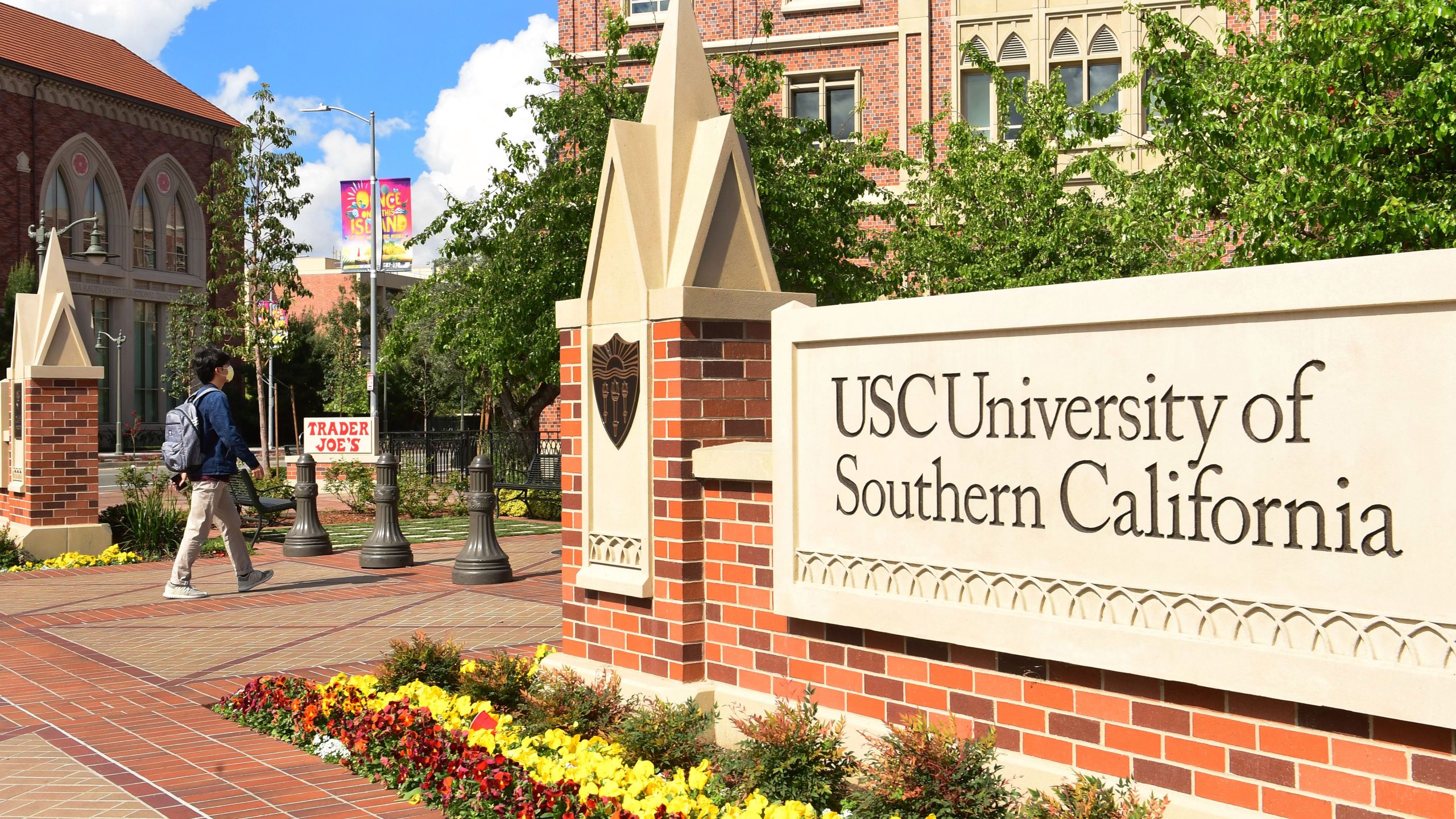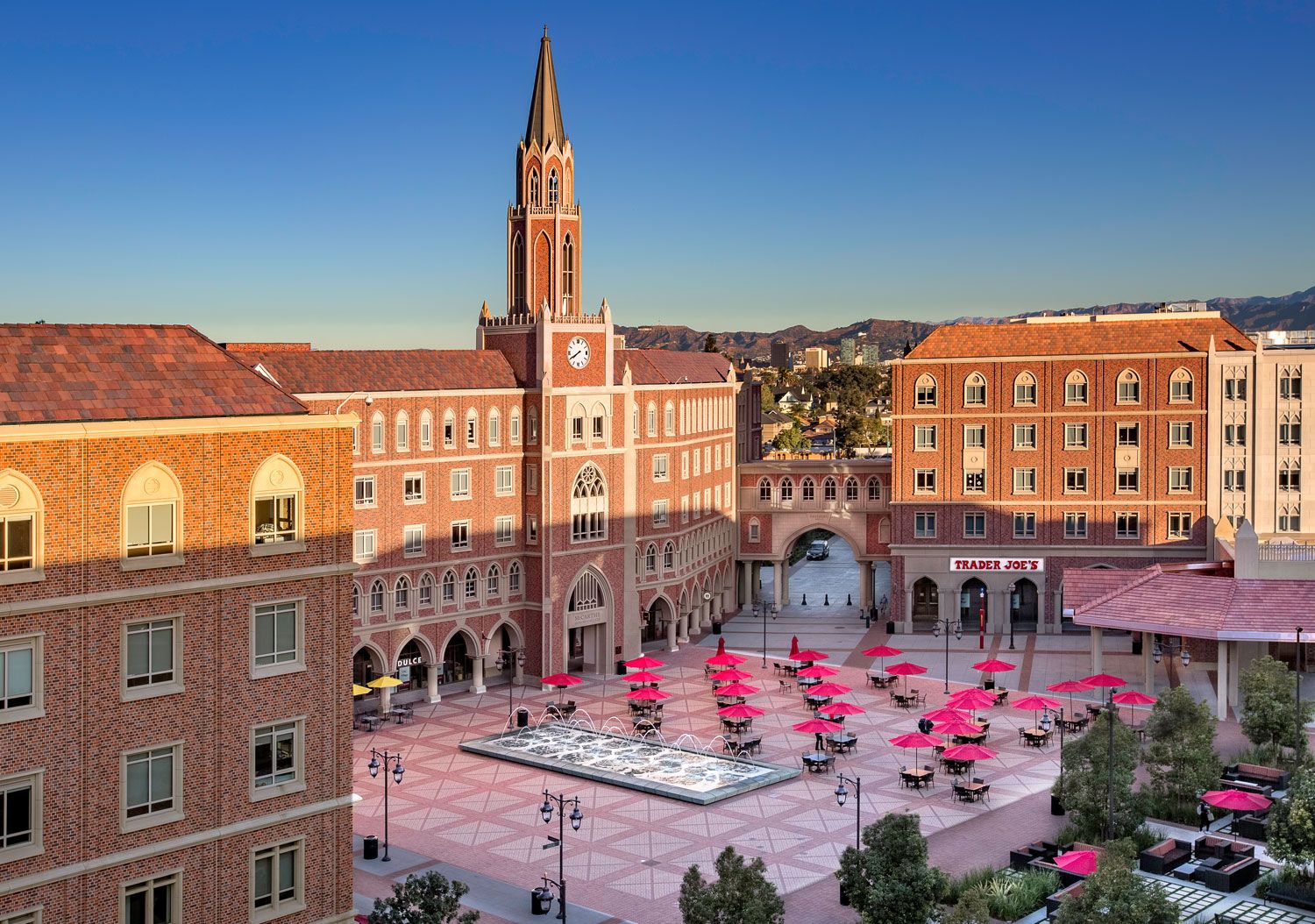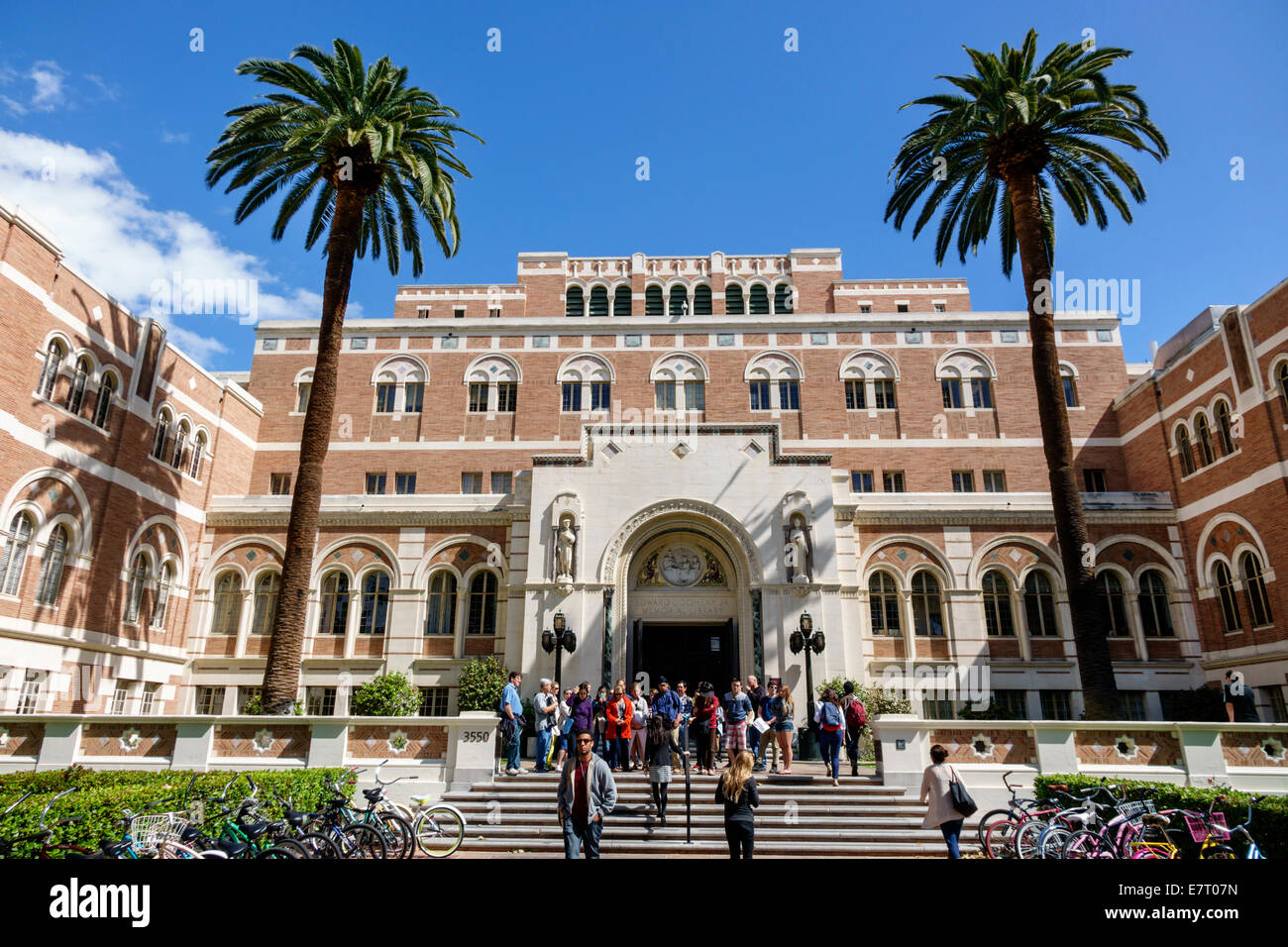Understanding What Is The USC Ice Bucket Challenge: A Look At Community Action
Many folks remember the Ice Bucket Challenge, a truly big moment that swept across social media some years ago. It was a time when people dumped buckets of ice water over their heads, all for a really good cause, you know. This action helped bring a lot of attention to a serious health issue, and it got many people to give money for important research, so it did. A lot of groups and schools took part, and the University of Southern California, or USC as many call it, had its own part to play in this global effort, apparently.
When you think about USC, you might picture a place where students and teachers work together to find new paths to success, that's what it is. It's a school known for its leading experts and very supportive faculty, actually. USC has a truly active, worldwide community, and its students, often called Trojans, are quite well-known for their spirit, you see. This spirit, in a way, often shows up in how the school gets involved in things that matter to the wider world, you know.
So, a lot of people wonder, what exactly was the USC Ice Bucket Challenge? It was more than just some cold water; it was a moment where the university's community showed its collective heart and its willingness to help, in some respects. This piece will go into what that challenge was all about at USC, how it fit into the bigger picture, and why it still holds a special place in the school's history of giving back, more or less.
- James Conner American Football Biography
- Who Is Boxer Limberth Ponce Age And
- Shirley Temple S Net Worth Biography Fact Career
Table of Contents
- The Ice Bucket Challenge: A Quick Look Back
- USC and the Wave of Kindness
- The Impact and Lasting Lessons
- Frequently Asked Questions About the USC Ice Bucket Challenge
The Ice Bucket Challenge: A Quick Look Back
The Ice Bucket Challenge became a huge thing, really, during the summer of 2014. It was a simple idea, yet it caught on like wildfire across the globe, you know. People would film themselves getting a bucket of ice water poured over their heads, then challenge others to do the same, or donate money to a cause, or both, in a way. The main goal was to raise money and make people more aware of Amyotrophic Lateral Sclerosis, which many call ALS, or Lou Gehrig's disease, so it was.
This social media trend, you know, started small but grew very, very big, quite quickly. It was a rather clever way to get people talking and, more importantly, to get them giving, in fact. The challenge brought in millions of dollars for ALS research, and it put the disease in the public eye like never before, apparently. It showed how a simple, fun act could lead to truly big results for a serious health issue, you see.
Many famous people, sports teams, and schools took part, just about everyone, it seemed. The idea was that if you were challenged, you had a day or so to complete it, or you had to give money, or both, as a matter of fact. This created a kind of chain reaction, where one person's action led to many others getting involved, which was pretty neat. It was a very powerful example of how online connections could lead to real-world good, you know.
- Kevin Hayes Age Wikipedia Biography
- Manuela Escobar Bio Age Net Worth Parents Siblings
- Pancho Barraza Wife
USC and the Wave of Kindness
USC, with its strong community and its tradition of civic involvement, naturally found itself swept up in this big wave of kindness, you know. The university is a place where students and faculty often come together for common goals, and helping others is definitely one of those goals, you see. It's a spot where people learn to lead and to make a difference, and this challenge gave them a very clear way to do just that, so it did.
The school is home to over 21,000 students, and they are known as Trojans, epitomized by the Tommy Trojan statue near the campus center, that's what it is. This Trojan spirit, in a way, means being strong, determined, and ready to take on challenges, and it really came through during the Ice Bucket Challenge, more or less. It was a chance for the whole USC family to show what they are made of, and they certainly did, you know.
How USC Got Involved
When the Ice Bucket Challenge started making its rounds, USC students, athletes, and even faculty members began to participate, you know. Videos popped up all over social media showing people associated with the university taking the icy plunge, in some respects. It wasn't just a few individuals; it felt like a collective effort, with different groups within the university getting involved, you see.
For instance, USC students and athletes, who are quite well-known for their energy, were among the first to jump in, or rather, get soaked, you know. They challenged their teammates, their coaches, and even other schools, making it a bit of a friendly competition for a good cause, that's what it is. This kind of participation really highlighted the university's active community spirit, apparently.
The university's various departments and schools also saw people taking part, you know. From those studying one of the 150+ majors to graduate students in one of the 400+ graduate programs, many felt compelled to join in, in fact. It was a simple act, but it brought people together with a common purpose, and that's a pretty powerful thing, you see. The capital campus in Washington, D.C., which brings together USC experts to form partnerships and tackle national issues, also saw participation, showing the wide reach of the university, so it did.
The Trojan Spirit in Action
The Ice Bucket Challenge at USC was a very good example of the Trojan spirit in action, you know. It showed how the university's people, from the newest students to the most experienced faculty, are willing to step up and help when there's a need, in some respects. This spirit is a big part of what makes USC a place where people can build their path to success, you see.
The challenge was a way for the USC community to connect with a global cause, very directly. It wasn't just about getting wet; it was about showing support for people living with ALS and for the researchers working to find answers, you know. The money raised from these efforts, along with the awareness created, truly made a difference for many families, more or less.
This kind of involvement is something USC prides itself on, you know. The university often talks about its dynamic, global community and how it encourages students to be leaders, that's what it is. The Ice Bucket Challenge was a very clear demonstration of these values in practice, showing how a university can be a force for good in the wider world, you see. It also showcased how the university's news and events often highlight civic leadership, like the premier center for civic leadership and thought it launched, in a way.
The Impact and Lasting Lessons
The Ice Bucket Challenge, including USC's part in it, had a truly big impact, you know. It brought ALS into everyday conversations and made it a topic many people knew about, which was a huge step forward, in fact. Before this, many people might not have known much about the disease, so it was. The challenge helped change that, making it a household name, apparently.
The funds raised were also very important, you know. They went towards research that has led to new discoveries and better ways to help people with ALS, in some respects. It showed that when a lot of people do a little bit, it can add up to something truly big and meaningful, you see. This is a lesson that still holds true today, more or less.
USC's involvement in this moment also taught some lasting lessons about community and giving back, you know. It showed that even a fun, slightly silly activity can have a very serious purpose behind it, that's what it is. It also proved that the university's commitment to its community and to global issues is real and active, you see.
Beyond the Splash: What It Meant
For USC, the Ice Bucket Challenge was more than just a viral trend; it was a chance to live out its values, you know. The university aims to help its students find their path to success, and part of that involves being good citizens and contributing to society, in fact. Participating in such a widespread charitable effort fit right in with that goal, apparently.
The challenge showed how USC's academic programs, like the wide range of undergraduate, graduate, and professional majors offered across its 23 schools and academic divisions, prepare students for leadership roles, you know. These students are learning to be leaders in research, education, and professional practice, and taking part in something like the Ice Bucket Challenge is a very practical way to apply those skills, in a way.
It also highlighted the supportive faculty and dedicated admission support that USC offers, you see. These are the people who help students get ready to make a difference, and seeing them join in the challenge alongside students showed a real sense of togetherness, so it did. This kind of shared experience strengthens the bonds within the university community, you know.
A Community That Cares
The USC Ice Bucket Challenge stands as a reminder of a community that truly cares, you know. It’s a place where students and teachers work with leading experts, building paths to success that often involve helping others, in some respects. The school’s dynamic, global community is always looking for ways to make a positive mark, you see.
Whether it’s through online degrees that allow people to learn from anywhere, or through its campus in Washington, D.C. that works on national issues, USC is always trying to make a difference, you know. The Ice Bucket Challenge was just one moment, but it captured the spirit of a university that encourages its people to look beyond themselves and to contribute to the greater good, that's what it is. It was, frankly, a very good moment for many reasons.
The memory of those icy splashes, and the reasons behind them, still resonate, you know. It’s a part of USC’s history that shows its commitment to being a force for positive change, and that’s a pretty good thing, you see. You can learn more about ALS and its research efforts from other organizations, for example. Also, to discover more about the university's commitment to community service, you can learn more about USC's outreach programs on our site, and find more details on USC's academic excellence on this page.
Frequently Asked Questions About the USC Ice Bucket Challenge
Many people have questions about this event, and that's quite natural, you know. Here are some common ones that folks often ask, in fact.
What was the main purpose of the Ice Bucket Challenge?
The main purpose was to raise money and make people more aware of Amyotrophic Lateral Sclerosis, or ALS, you know. It was a way to get many people involved in supporting research for this condition, in some respects.
When did the Ice Bucket Challenge become popular?
The Ice Bucket Challenge really took off and became very, very popular during the summer months of 2014, you know. It spread across social media platforms quite quickly during that time, that's what it is.
How did USC participate in the challenge?
USC students, athletes, faculty, and other members of the university community took part by filming themselves getting ice water poured on them, you know. They also challenged others to do the same or donate money, showing the widespread participation across campus, in fact.

Information About University of Southern California

Usc Campus Buildings

Los Angeles California CA L.A. Downtown LA USC University of Southern